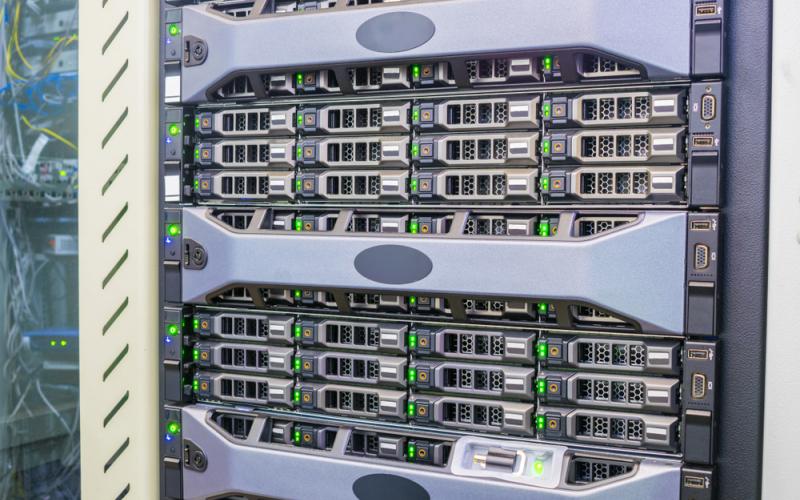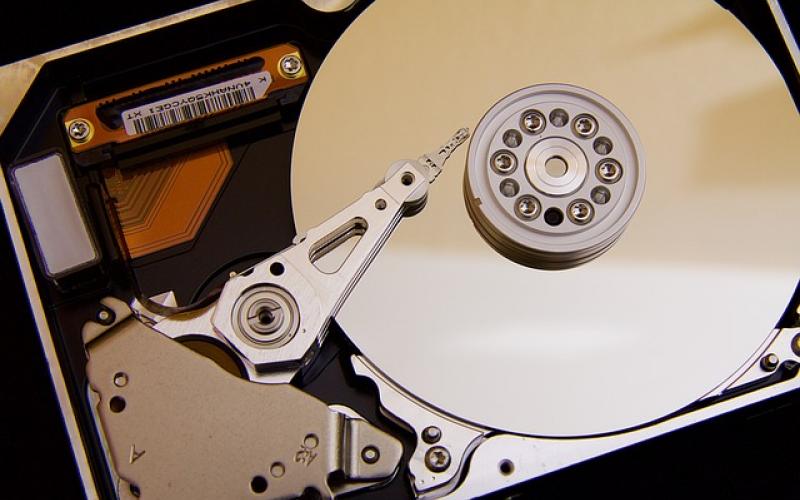The struggle for market share between flash-based drives and hard-disk drives is so similar to physical conflict that we can apply the same language. Wars are essentially territorial, with outcomes determined by who owns the battlefield. Logistics chains and technological leadership often determine point battles and having superiority of resources is always a major factor in sustaining an attack.
We often see the flash/HDD battle portrayed as a cloudy whole, forgetting that there are in fact a series of battlefronts. The devil is in the details and a map of the storage world today shows how, insidiously, flash-based products have gained almost all the available territory.
Storage today ranges from small drives used in medical and industrial gear to super-fast all-flash arrays that deliver millions of I/O operations per second. Factors such as weight, physical size, and power help determine the best storage match, together with price and performance. Logistics -- for example, the availability of component die -- are a major factor in setting storage prices and thus the balance of competitiveness.
To complicate issues, however, flash and HDDs are miles apart when it comes to performance. Using a solid-state drive may make a server run three or more times faster than the same configuration using HDDs. This is the technology component of the battlefront. Many comparisons of HDD and SSD prices ignore the impact of the difference on overall TCO, so consequently they overstate the cost of SSD-based solutions. This oversight has slowed SSD sales for years, though the industry today has mostly savvied up.
As we fly over the storage drive battlefields, what do we see? SSDs have established total technological dominance in most areas. For example, 15K and 10K RPM hard drives are topped out and starved of future investment; they just can’t keep up with SSDs and they cost more. This concedes the enterprise drive space to SSDs, with a resulting decline in RAID arrays and SAN gear. It’s interesting that SANs aren’t surrendering yet, but I’ll touch on that later.
The mobile PC space faces a race to the bottom, which has forced vendors to enrich configurations to make any margin. An obvious play is to go all-flash, implying longer battery life and less weight, among other benefits. SSDs now own most of this territory.
As we go territory by territory, we see that flash has won or is winning handily. The one exception is nearline bulk storage, where top hard-disk drive vendor Seagate, projects 10 more years of HDD dominance in bulk storage. I don’t buy that story and you'll see why in this slideshow!
Note that battles may be won, but storage is a conservative market and change takes years. Businesses are still buying 15 K hard drives and nearline SATA drives won’t go away overnight!
(Image: Satakorn/Shutterstock)














